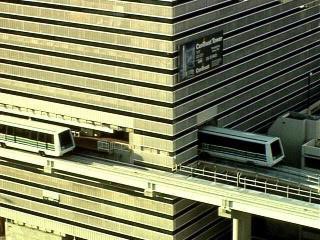bigpicture7
Senior Member
- Joined
- May 5, 2016
- Messages
- 3,895
- Reaction score
- 9,513
I'm starting this thread for any/all projects or studies related to transit on the Grand Junction Corridor. While there have always been good reasons to post information about this topic elsewhere, given the inconsistency of where these things have been landing (e.g., general infrastructure, I-90/West Station, etc), it seems we are in need of a dedicated thread.
Thanks to @#bancars for posting this most recent update from Cambridge's Grand Junction Transit Feasibility Study:
 www.cambridgeredevelopment.org
www.cambridgeredevelopment.org
Thanks to @#bancars for posting this most recent update from Cambridge's Grand Junction Transit Feasibility Study:

